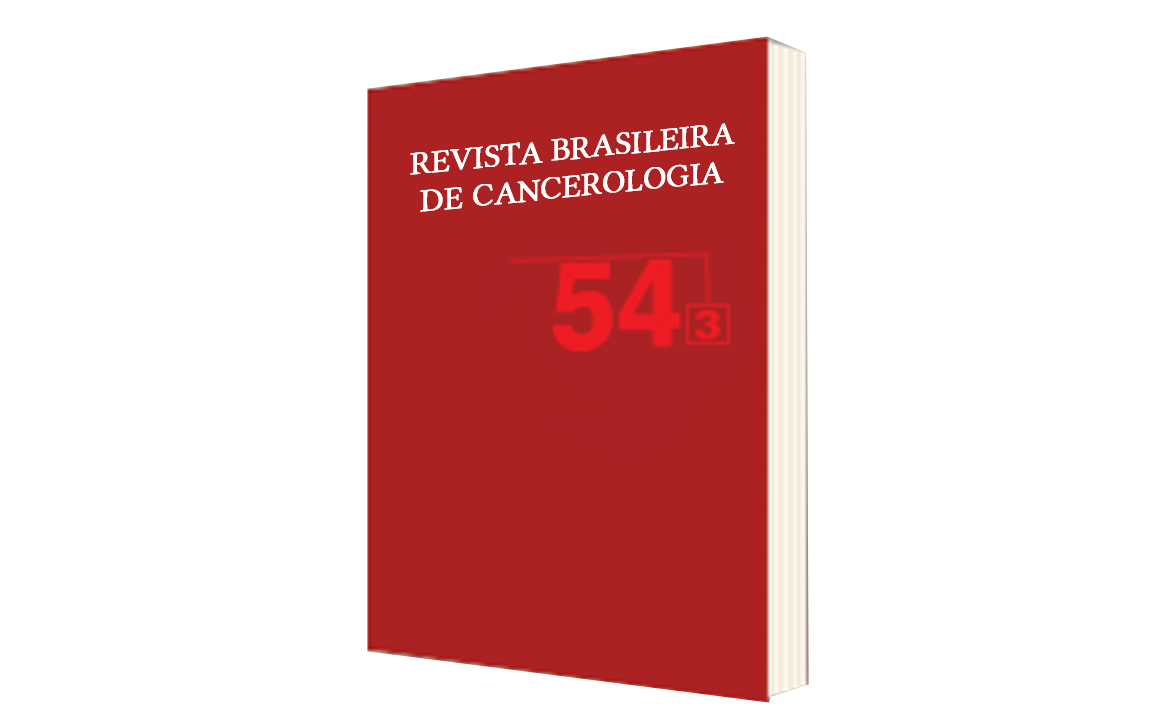O Sinal do Quinto Dedo, o Fenômeno dos Interósseos de Souques e o Teste do Desvio Pronador como Sinais Motores Sutis em Pacientes com Tumor Cerebral Monoemisférico
DOI:
https://doi.org/10.32635/2176-9745.RBC.2008v54n3.1719Palavras-chave:
Neoplasias encefálicas, Tratos piramidais, Debilidade muscular, Fisioterapia (Especialidade)Resumo
Realizou-se um estudo prospectivo cego sobre a sensibilidade e especificidade do sinal do quinto dedo, do fenômeno dos interosseos de Souques e o teste do desvio pronador como sinais motores sutis em pacientes com tumor cerebral monoemisférico. De 71 pacientes, 57 possuíam lesão cerebral comprovada radiologicamente e 14 indivíduos apresentavam imagem cerebral normal. Tanto o sinal do quinto dedo como o fenômeno dos interósseos de Souques evidenciaram a mesma sensibilidade (31,5%). O teste do desvio pronador apresentou baixa sensibilidade (12,2%). A combinação dos três testes foi positiva em 49,1% dos pacientes.
Downloads
Não há dados estatísticos.
Downloads
Publicado
2008-09-30
Como Citar
1.
Maranhão ET, Maranhão-Filho P, Lima MA. O Sinal do Quinto Dedo, o Fenômeno dos Interósseos de Souques e o Teste do Desvio Pronador como Sinais Motores Sutis em Pacientes com Tumor Cerebral Monoemisférico. Rev. Bras. Cancerol. [Internet]. 30º de setembro de 2008 [citado 16º de dezembro de 2025];54(3):227-30. Disponível em: https://rbc.inca.gov.br/index.php/revista/article/view/1719
Edição
Seção
ARTIGO ORIGINAL
Licença

Este trabalho está licenciado sob uma licença Creative Commons Attribution 4.0 International License.









